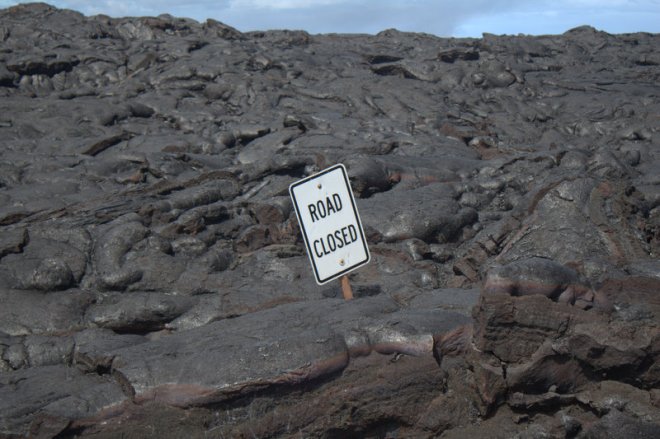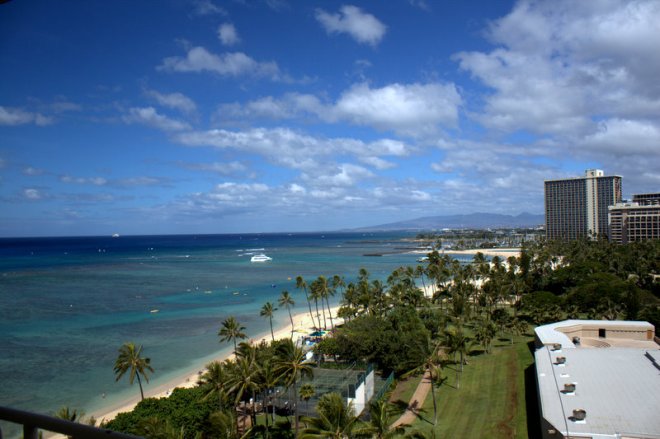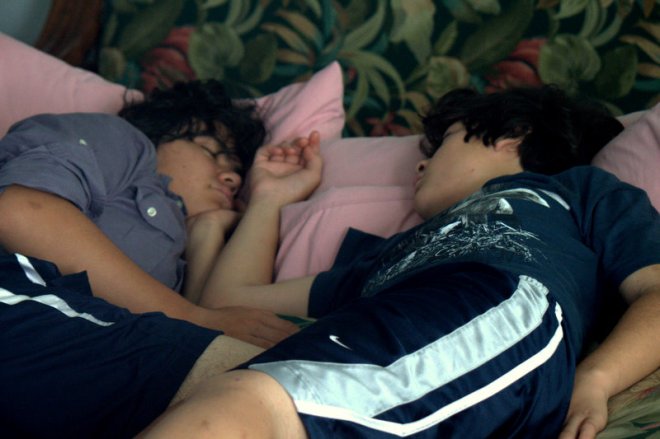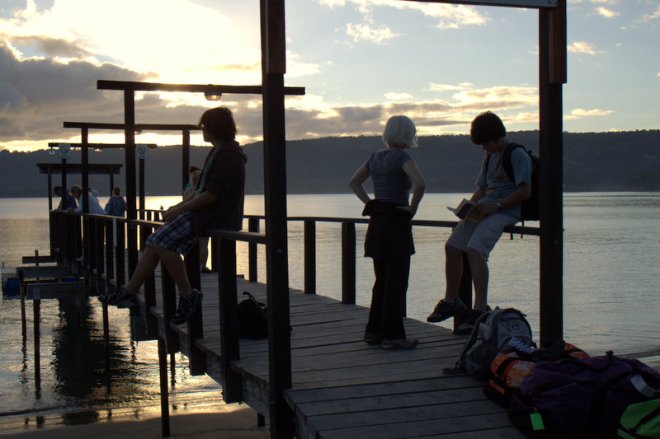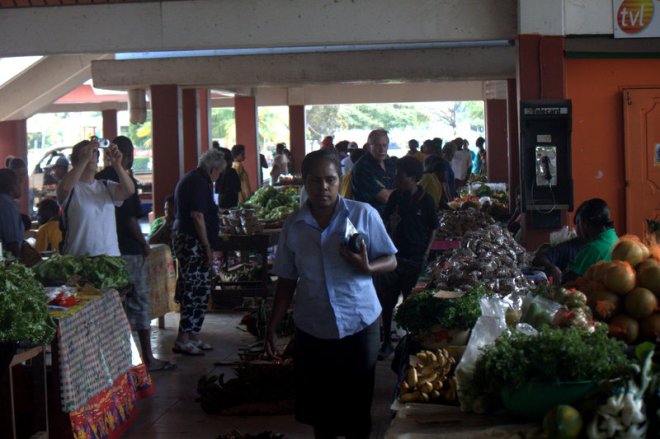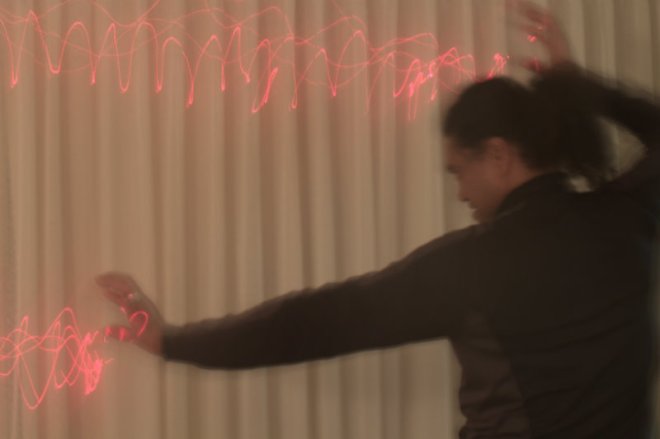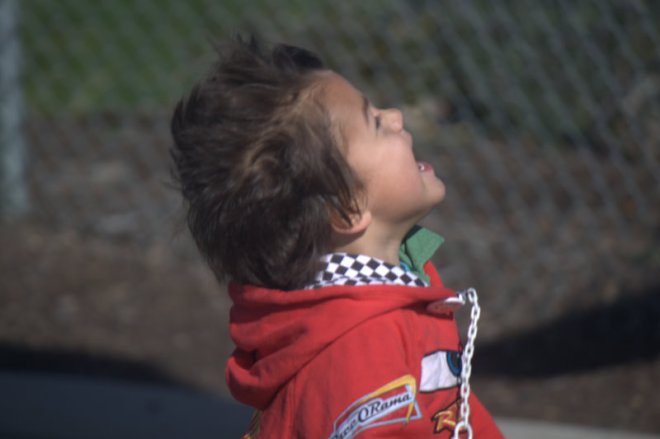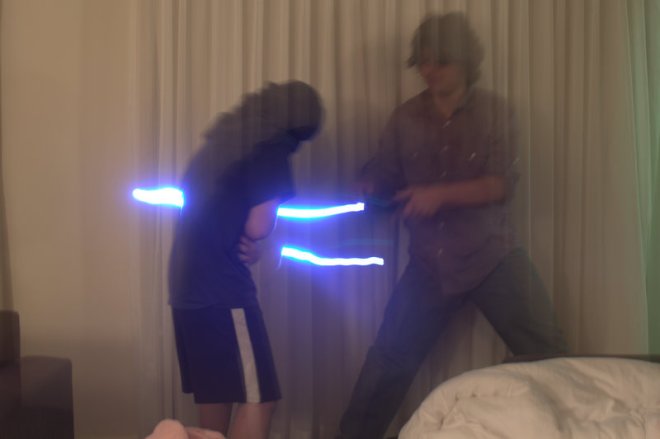I could absolutely have gone on, or doubled back, or started over. It’s been an amazing journey and I hate to see it end. My children, I know, feel rather differently, but I think even they know what a long, cool trip it’s been. In June they were just suburban American kids who had never been anywhere. Now they’ve traveled over 27,000 miles and seen everything from an active volcano to a live coral reef, never mind all those fascinating piles of rocks….
Dani says his favorite place was the Mangonui pa in New Zealand; Matiu says his was Mo’orea, or, as he put it, “that house.” I couldn’t even begin to pick; it was all fascinating to me. But one thing I do know is that we got really good at traveling. I was filled with anxiety before we left, both because planning is much the hardest part and because, while Seven and I did travel extensively in the early years of our marriage, we have stayed put for more than a decade now. And I really mean stayed put: with the exception of a trip to Nova Scotia in 2002 we haven’t been anywhere in twelve years. So I just couldn’t remember what this kind of traveling was like, and somehow I had gotten the idea that it would all be harder now, that I just wasn’t the explorer I had once been.
But some things, it seems, just don’t change. It’s like that realization you have at some point about your children: that the personality traits you are seeing in them at 11 or 15 or 19 are the same ones you observed in them when they were 2 or 3.
In some ways this kind of crazy traveling was actually easier than my ordinary life. For one thing, I wasn’t trying to do 10,000 things at once. It was just one foot in front of the other: now we eat; now we sleep; now we catch a plane; now we swim; now we go look at something interesting; now we eat again; now we catch another plane….The simplicity of it all was rather marvelous: so single-minded. I don’t know if you can see it in this picture, but there was definitely something of the well-oiled machine about us by the time we reached our last stop.
So, here we are packed and ready for our very last flight home (note: the bags are still in great shape, though the American Tourister luggage tags all fell apart):
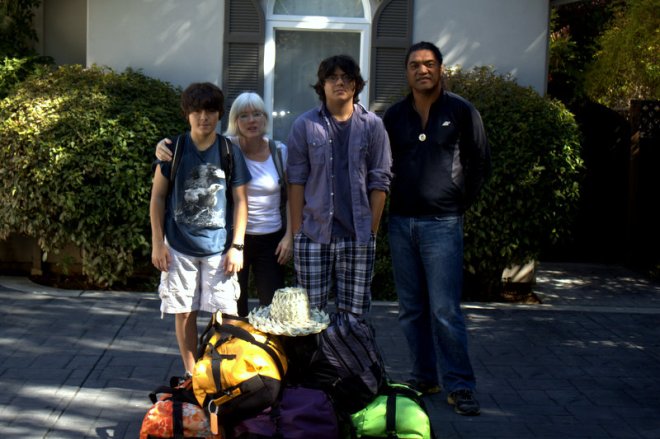
Just to wrap up the story, we left Ann and Joel to continue their journey around the Big Island while we made our way to San Francisco to see our friends Tessa and Daniel, who generously put us up while we went through a couple of days of re-entry decompression, and to meet with Patrick Kirch, whose numerous books on Pacific archaeology constitute the backbone of my reading list.
Pat showed us around his lab, pulling out drawer after drawer of amazing objects, including a cast of a little anthropomorphic carving on a piece of porpoise bone about 3-4 inches long — “God belong ol Lapita,” in the words of the guy who found it. Pat has been tremendously generous to me, helping me think through a number of issues and pointing me in the right direction as I feel my way through this new field. So he is high on the list of people I want to thank as I bring this journey to an end.
There are, however, quite a lot of other people on the list. So, starting at the top:
Thank you to the Australia Council for the Arts and the National Endowment for the Arts for supporting my writing and enabling this fantastic opportunity for new research.
Thank you to Shelley Madsen at Aspire Down Under who made our incredibly complex travel arrangements. It all went amazingly smoothly and we always had good seats!
 Thank you to Barbara, Katy, Linzee, and Peter for looking after us in Los Angeles. I’ve made a stop at my aunt’s beautiful house in Pasadena every time I’ve passed this way since 1984, and it’s still the best B&B in the Pacific.
Thank you to Barbara, Katy, Linzee, and Peter for looking after us in Los Angeles. I’ve made a stop at my aunt’s beautiful house in Pasadena every time I’ve passed this way since 1984, and it’s still the best B&B in the Pacific.
Thank you to Rose Corser in Nuku Hiva for help with accommodation and local information. It was especially nice to have a friendly American acquaintance at this early stage of the journey when we were just starting to get things figured out.
Thank you to Bob Hammar in Seattle for the use of his beautiful house on Mo’orea and to Jacques Decottignies for service well beyond the call of duty in sending us the camera battery chargers that we left behind. That was a lifesaver!
Thank you to Marimari Kellum for showing us around her property and telling us about its fascinating history. We hope everything continues to go well with the O Tahiti Nui voyage.
Thanks to all of Seven’s family in New Zealand: to Rina, whose recent loss we feel profoundly, for making time for us; to Bill and Wati and Liza for driving all that way just to have lunch; to Boboy and Piripi for coming to see us in Paihia; to Anaru, Justin, and Bianca for finding us in Auckland; and to everyone else who made us welcome. The kids were amazed not only at how many relatives they have but at the warmth with which they were embraced wherever they went.
Thanks to Ana, Sateki, and Fine Uasike for astonishing hospitality in Tonga. We will hope for an opportunity to repay you in kind!
 Thanks to Liv, Neane, and Toby in Melbourne for a beautiful day at the Healesville sanctuary, a fabulous lunch, and general comradeship and good company. We’ll hope to see you back in Cambridge before too long.
Thanks to Liv, Neane, and Toby in Melbourne for a beautiful day at the Healesville sanctuary, a fabulous lunch, and general comradeship and good company. We’ll hope to see you back in Cambridge before too long.
Thanks also to Anne, Hilary, Elliot, Mary and Chris for making time to catch up on our absurdly short flyby of a visit; and to Mere for breakfast, among many other things. I wish we could have spent more time with all of you.
Thanks to Matthew Spriggs and Stuart Bedford in Vanuatu for showing us such cool stuff, and to Geoff White in Hawai’i for putting me in touch with Pat who put me in touch with Matthew.
Thanks to Pat Crosby, who hasn’t changed a bit in all these years, for a delightful dinner party, and to Meleanna Meyer for ducking out of something else to come. It was great seeing you both again.

Thanks to Sam Low for connecting me with Laura Thompson, and mahalo to Laura for a chance to meet some of her family, for dinner, and, especially, for the generous loan of the Volcano house (here is a picture of Dani enjoying the microfiber sheets).
Thanks to Scott, Lauren, Danielle, Suzette, and Melissa in Kailua for dinner and friendship over many years. It was great to see all the girls so grown up, I only wish Abraham had been there too. Next time!
Thanks to Ann, Joel, Isabelle, and David for doing all the Big Island planning and for meeting up with us just when we needed it most. And to Ann’s aunt and uncle, Myrna and Lowell, for extending their warmth and generosity to include us; we feel that we too have family in Hawai’i.
Finally, thank you to Tessa, Isabelle, Benjamin, and Daniel, whom we have missed ever since they left Cambridge, and who housed and fed us in Los Altos with characteristic generosity and grace.
Last, but by no means least, thank you to my brother Elliott, my sister-in-law Debbie, my niece Rachel, and my mother, Dorothy, who held down the fort for 8 weeks while we went gallivanting across the sea. I could not have done it without your connivance and I appreciate everything you did to make this trip possible for Seven, Abraham, Matiu, Dani, and me.
Aloha nui, everyone.













